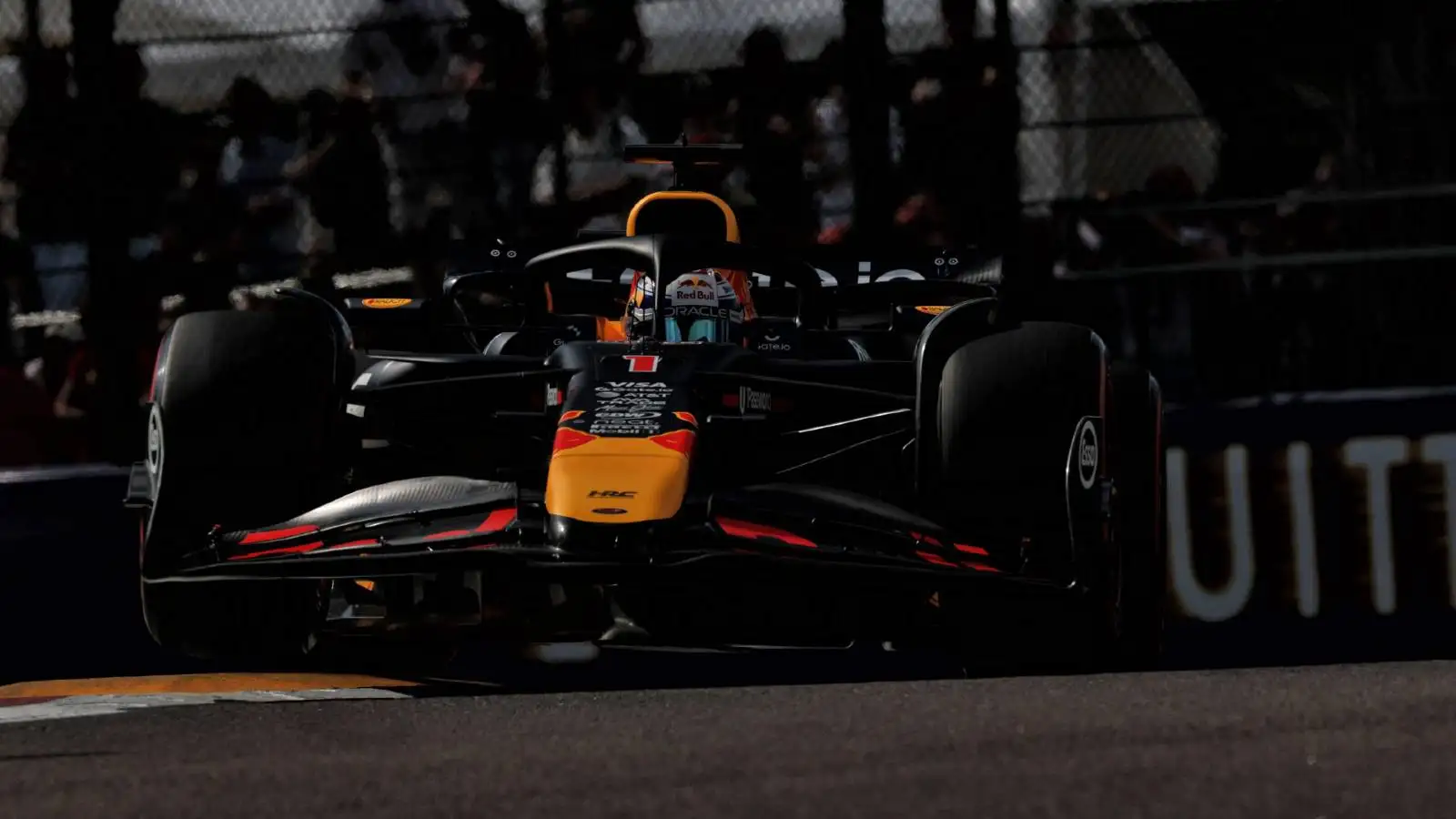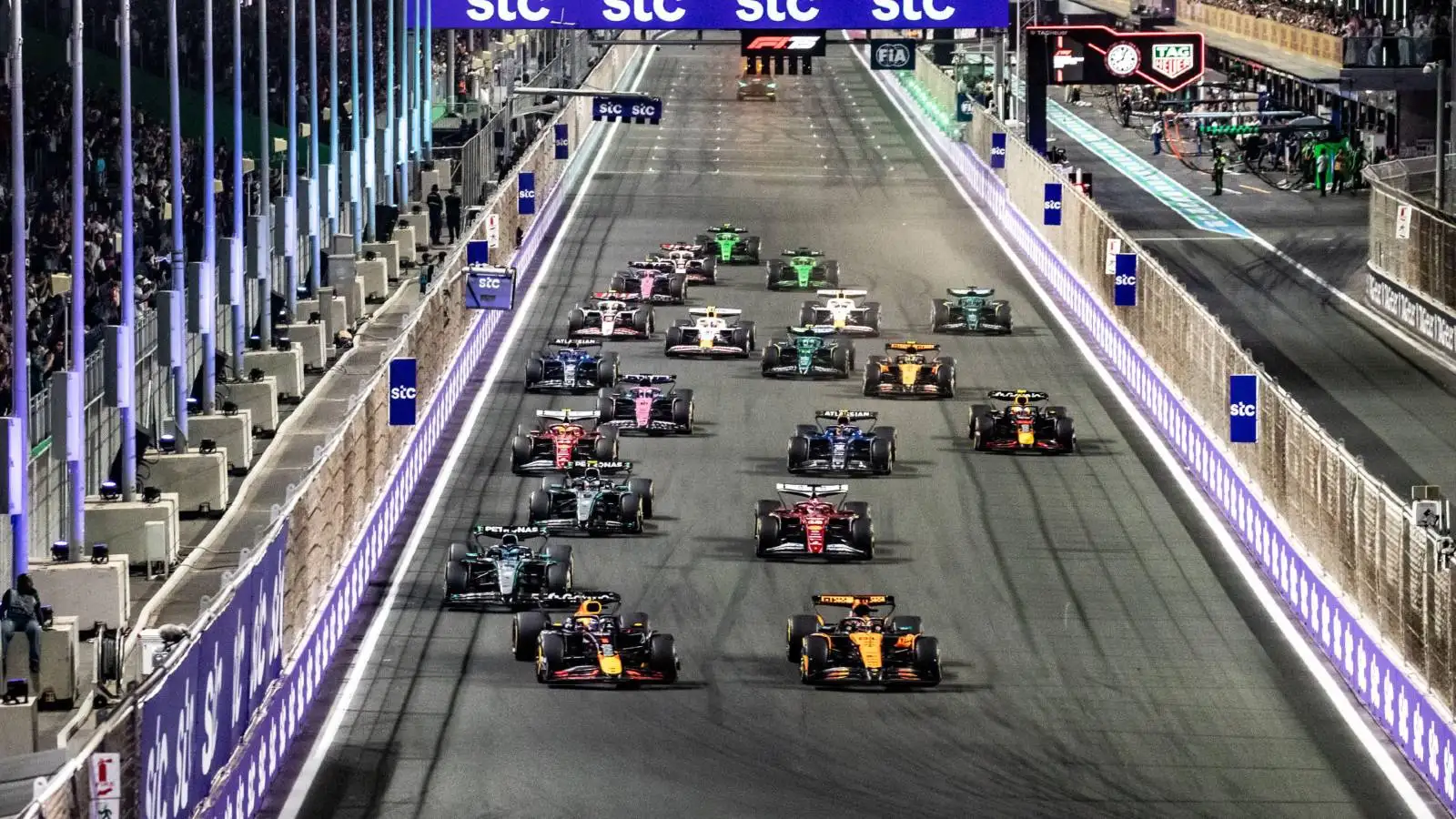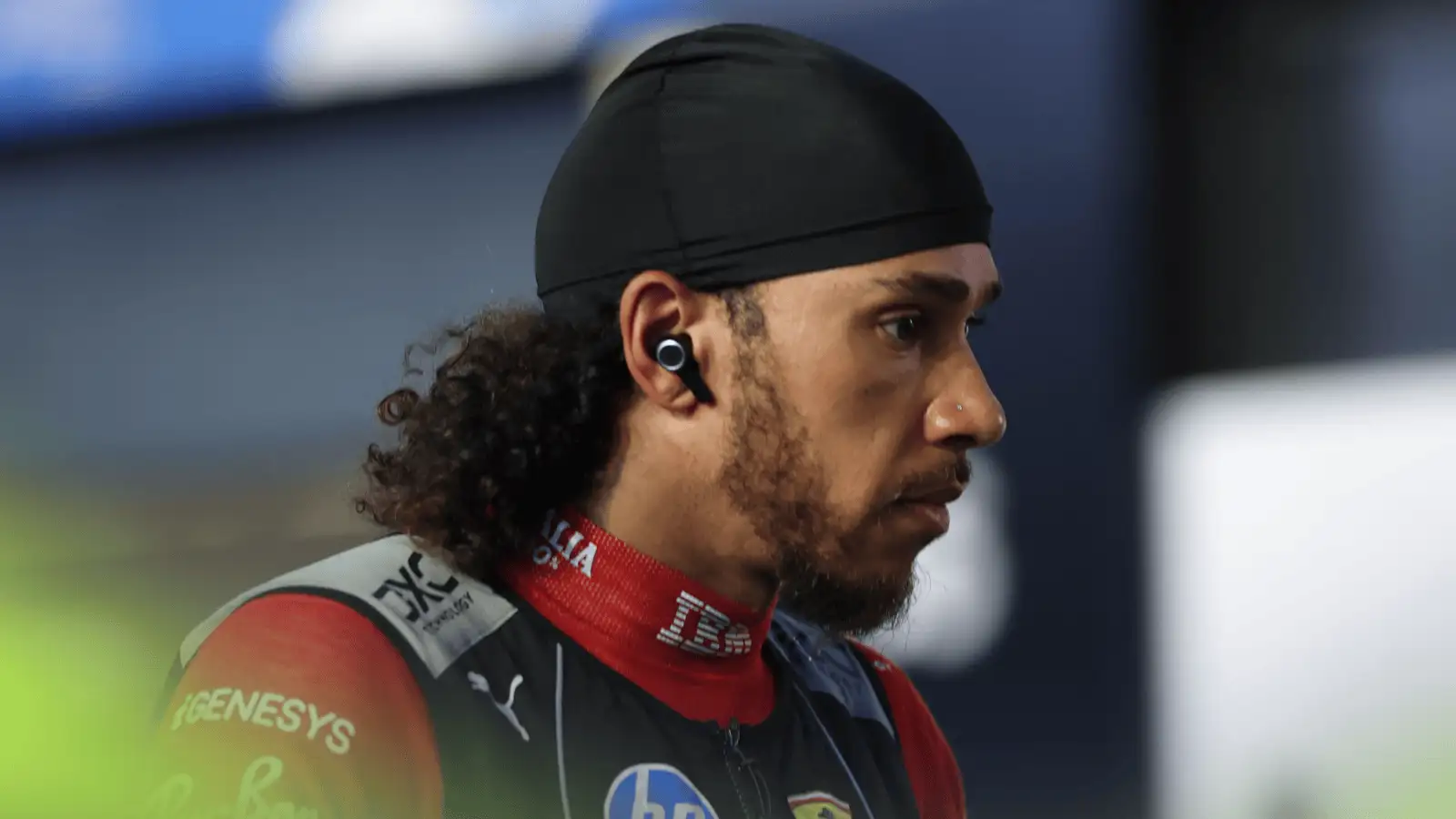In a gripping showdown at the Japanese Grand Prix, Red Bull’s Max Verstappen clinched victory as McLaren’s strategic moves came under the spotlight. With drivers Lando Norris and Oscar Piastri in pursuit, McLaren’s tactics on the track were scrutinized post-race.
The McLaren team, led by Andrea Stella, had to make critical decisions under immense pressure, as Verstappen led the race from the pole position. The strategic moves—or lack thereof—by McLaren during the 53-lap race left fans and analysts alike wondering what could have been.
The Initial Stages of the Race
Starting on medium tires, Verstappen, Norris, and Piastri quickly set the pace, pulling away from the others. Verstappen gradually increased his lead over Norris, achieving a two-second gap by Lap 10. This gap seemed controlled by Norris, who maintained a close watch on Piastri. The trio’s consistency was remarkable, maintaining a mere three-second spread before Piastri initiated the first pit stop on Lap 20.
The Pit Stop Dilemma
Piastri’s switch to hard tires didn’t yield an immediate advantage in speed, keeping him in third after Norris and Verstappen also pitted. The potential undercut at Suzuka wasn’t as effective as anticipated due to the tire’s grip and low degradation. McLaren’s decision not to pit Norris first was strategic, aimed at maintaining Oscar’s position amidst the tightly packed field.
Andrea Stella mentioned that pitting Norris would have negatively impacted Piastri, especially with competitors like George Russell closing in. Given the undercut’s limited impact and the risk of losing track position if a Safety Car occurred, McLaren opted for a more conservative approach.
Alternative Strategies Considered
One possible tactic was for Norris to extend his stint, trying an overcut, but this risked yielding positions to cars already on hard tires. Norris emphasized the lack of speed on worn mediums compared to fresh hards, especially with Russell’s pace after pitting.
The hard tires demonstrated strong performance, challenging the idea of extending stints. Stella remarked on previous successes at other circuits, contrasting Suzuka’s current tarmac, which significantly lowered tire degradation, with its former state where tire wear was more critical.
Contemplations on Driver Swapping
As the race progressed with McLaren trailing Verstappen, consideration arose whether a switch between Norris and Piastri might change the dynamics. Yet, Stella explained that Piastri’s pace wasn’t clearly superior to Norris’s during the crucial laps.
Norris attempted to reduce Verstappen’s lead by seeking slipstream advantages, but the loss of grip when approaching too closely hindered any substantial gain. The seasoned team tactics prevented hasty swaps, which could destabilize their racing strategy.
Reflections on the Track and Tires
With the race winding down, the team acknowledged that the new Suzuka surface impacted strategy choices significantly. The low tire wear favored a one-stop race, reducing opportunities for clever tactical plays. Stella admitted the resurfacing limited McLaren’s ability to exploit tire differences.
In races with higher tire degradation, McLaren believed they could capitalize on their car’s strengths more effectively. The team’s adaptability to different track conditions is crucial, with the Suzuka experience offering lessons for future races.
What Could Have Been
Reflecting on McLaren’s performance, Stella mused how the race might have differed under other circumstances. Had the Suzuka track retained its previous characteristics, McLaren might have leveraged its tire-friendly design to gain an edge over Red Bull.
The team’s anticipation of Bahrain’s higher degradation conditions promises opportunities for McLaren to demonstrate strategic prowess. Such tracks align with their ability to perform when tire management plays a significant role.
Strategic Learnings
This race illustrated the vital role of strategic flexibility and readiness to respond to unfolding dynamics. McLaren’s cautious choices highlight the complexity of racing at the highest level, where each decision balances potential risks and rewards.
Future races will test McLaren’s ability to adapt and optimize strategies based on evolving conditions, showcasing their readiness and resilience in competitive Formula 1 environments.
Looking Forward
Stella and the McLaren team emerged from Suzuka with insights into refining their decision-making processes. By analyzing race data and strategic approaches, they aim to fortify their tactics for upcoming races.
F1 is as much about learning from each race as it is about competing; McLaren’s journey continues with an eye on adapting to tracks like Bahrain, where conditions might better suit their cars.
Closing Thoughts
The Japanese GP underscored the nuanced challenges faced by teams like McLaren when executing race strategies. The track’s characteristics and tire performance played pivotal roles in determining potential pathways to victory.
As McLaren gears up for subsequent races, the insights from Suzuka will inform their strategies, maintaining competitive spirit and dedication to advancing their competitive edge.
In racing, strategy defines success, and McLaren’s choices in Japan offered lessons in resilience under pressure. As they refine their tactics, McLaren aims to leverage these insights for stronger performances. Their journey continues.










